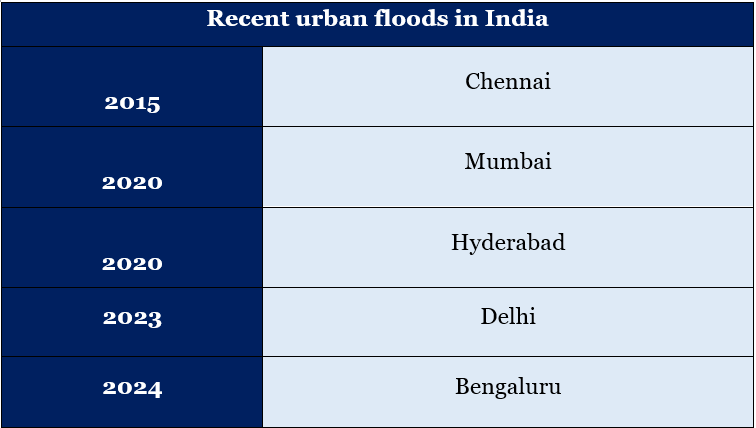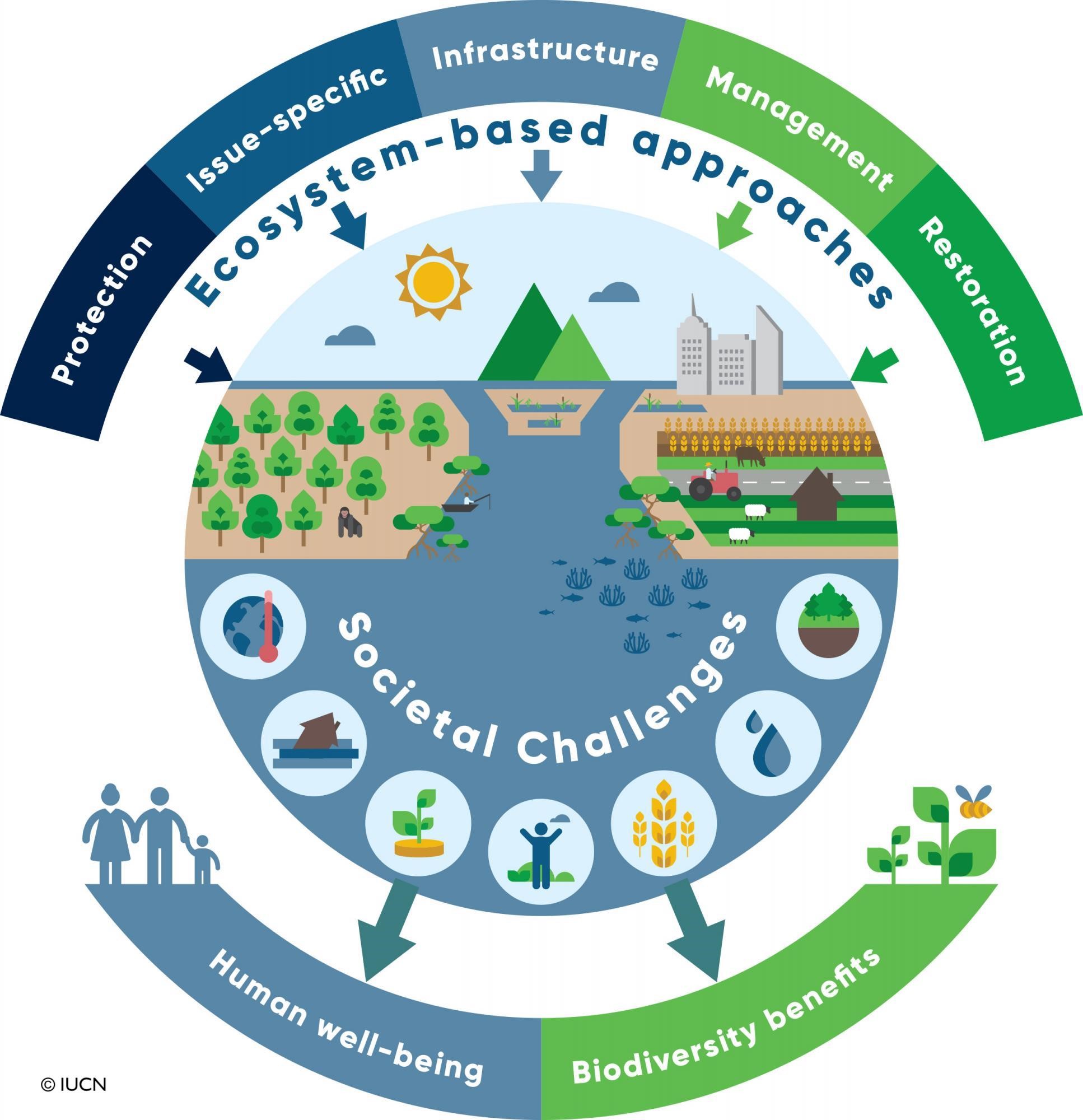Mains syllabus: GS II- Urbanization, their problems, and their remedies ;GS III- Disaster and Disaster Management.
Recent increase in disruptive urban flooding including 2024 Bengaluru floods prompts to explore opportunities about nature-based solutions in controlling urban flooding

To know more about urban flooding, click here

MGNREGS (Mahatma Gandhi National Rural Employment Guarantee Scheme) of India is a major contributor to global Nature-based Solutions, says report released at COP16 in Riyadh. MGNREGS fosters sustainable development, promotes environmental conservation and social inclusion in rural areas.
How it can be used for controlling urban flooding?
|
NbS based Urban Flooding Control in Bengaluru |
|
Bengaluru is known as the “Garden City,” because it has more than 1,100 parks and over 250 playgrounds.
The Hindu | Nature Based Solution for Mitigating Urban floods